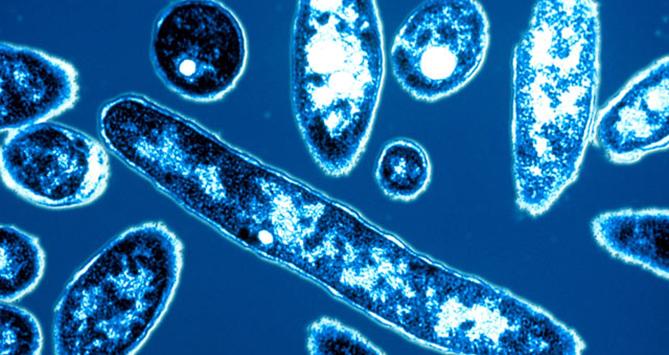Understanding Legionnaires’ Disease: What you need to know

What is Legionnaires’ Disease?
Legionnaires’ Disease is a respiratory illness caused by the bacteria Legionella. Symptoms typically include: fever, cough, headache, difficulty breathing, aching joints and muscles. Symptoms usually occur within 2-14 days after exposure.
How common is Legionnaires’ Disease?
Approximately 8,000-18,000 people are hospitalized with legionella each year; however, many more infections are either not diagnosed or not reported. Most people exposed to the legionella bacteria never become ill.
What causes Legionnaires’ Disease?
Legionella bacteria, which causes Legionnaires’ Disease, grows in natural water environments. However, most cases of Legionnaires’ Disease are linked to man-made water systems such as hot tubs, humidifiers, hot water tanks, cooling towers and air-conditioning systems. Legionnaires’ Disease cases are more common in the summer and early fall, because the legionella bacteria is more likely to grow in warm water (77°-108°F).
How is Legionnaires’ Disease Contracted?
Legionnaire’s Disease CANNOT be spread from person to person. You cannot contract Legionnaires’ Disease by drinking contaminated water. It must be breathed in through water mist that contains the legionella bacteria. Only about 5% of people exposed to the legionella bacteria develop Legionnaires’ Disease. The likelihood of becoming ill depends on how much bacteria is present, how much is breathed in, and individual health factors. People with underlying health problems such as respiratory disease, diabetes, a compromised immune system and the elderly are more likely to become ill from exposure to the legionella bacteria.
How is Legionnaires’ Disease Treated?
Legionnaires’ Disease is typically treated with antibiotics and, if necessary, additional supportive therapies. Early diagnosis and treatment significantly improve the chance of recovery.
How can Legionnaires’ Disease be Prevented?
- Do not use tap water for respiratory therapy devices.
- Regularly drain, clean and disinfect hot water storage tanks, cooling towers and evaporative condensers (at least twice per year).
- Maintain cold water below 68°F and hot water at 140°F (122°F at the faucet).
- Drain cooling towers when not in use.
- Remove and prevent the build up of sediment in water systems.
- Prevent stagnant water in storage tanks. Flush unused water lines regularly.
- Workers cleaning ventilation and water systems must be protected from exposure to legionella and other bacteria with protective clothing, goggles, gloves and appropriate respiratory protection.